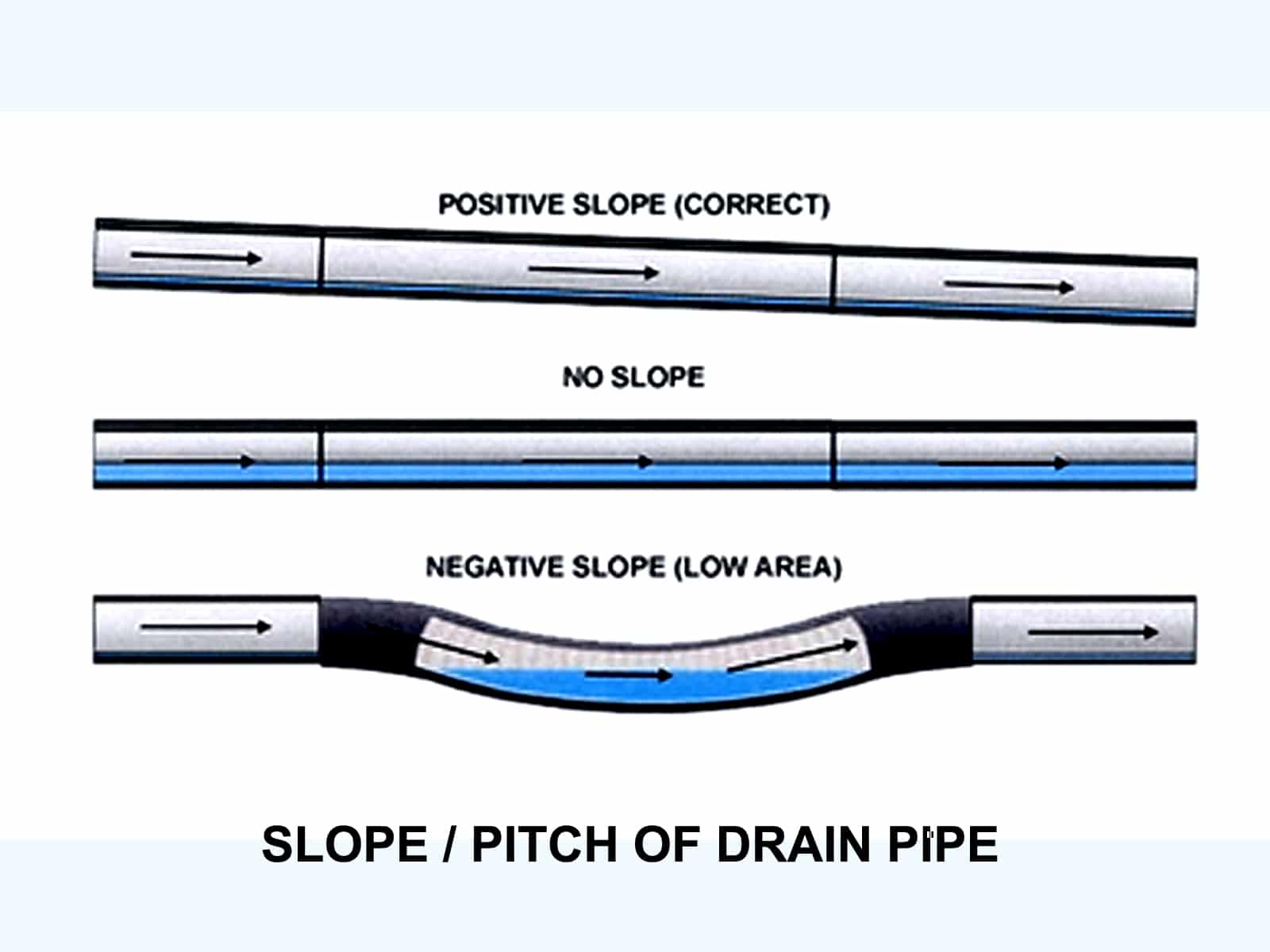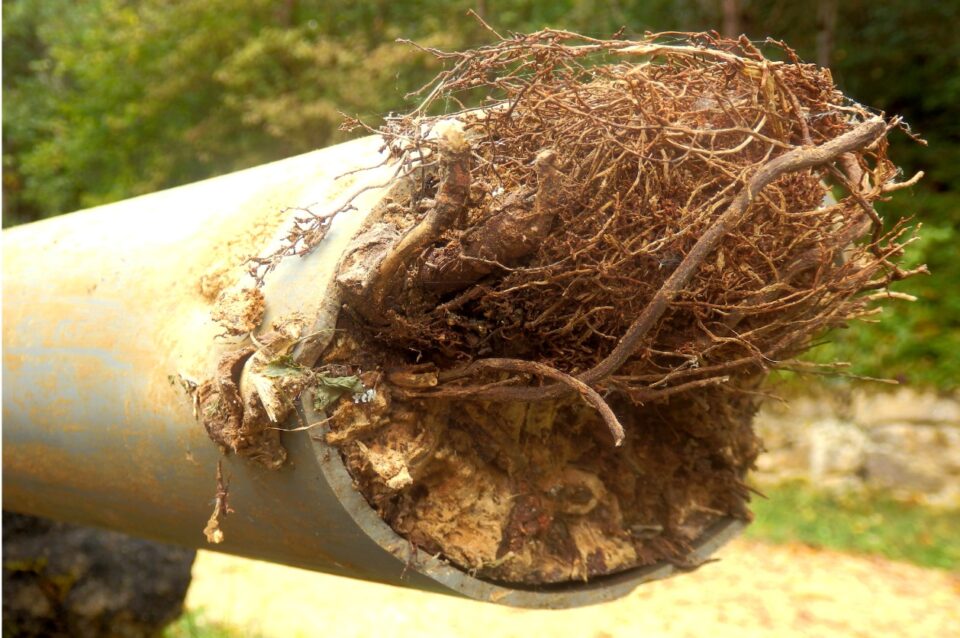For those that have never suffered through one, no, a sewer surcharge is not a tax or an added bill. It is when your public sewer system gets overburdened, and is surcharged. A public sewer surcharge is way more damaging to you than a bill or a tax. What follows is an explanation.
A typical public sewer system consists of two separate facilities including storm sewer system and sanitary sewer system. However, in NYC there is also an abundance of combined sewer systems. A dedicated storm sewer has a network of large diameter pipes, inlets, and manholes designed to transport rainfall runoff and excess of clear water from developed (or residential) areas to open water channels such as rivers, streams, lakes, and other surface water bodies. On the other hand, a dedicated sanitary sewer has a network of typically smaller diameter pipes and manholes. It is intended only to carry household sewage to wastewater treatment plants where the sewage is filtered, treated, and eventually discharged as well.
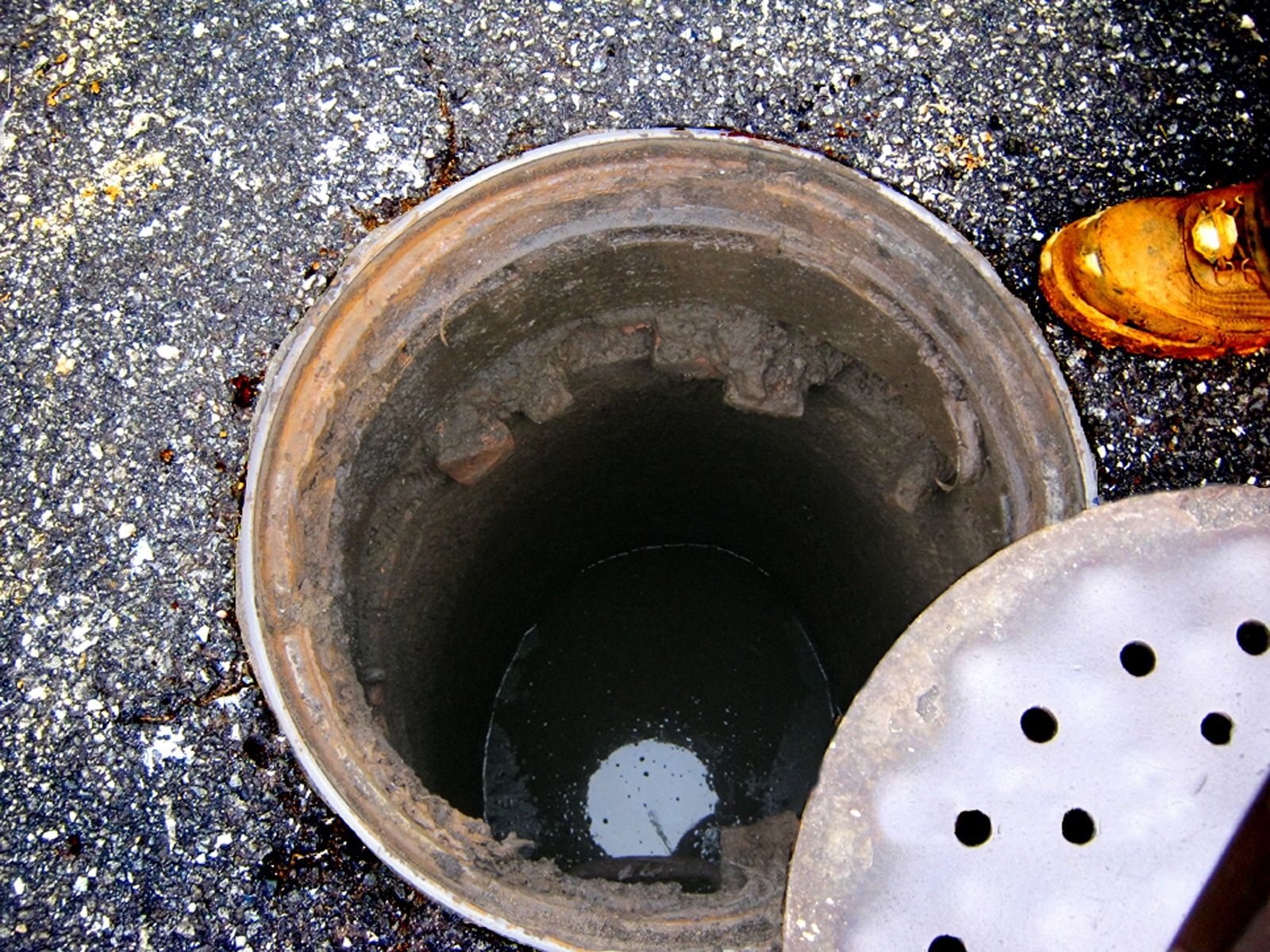
The perils of a combined sewer system
While some areas in New York City use such separate wastewater treatment networks, there are plenty more neighborhoods that depend on a combined sewer system in which sewage and storm (clear) water are collected at the same plant. Sometimes, during heavy rain and snow melts, combined sewers receive higher than normal flows. It is not unusual for treatment plants to receive double the amount of waste water they were designed to. Likewise, many combined sewers themselves get overburdened by such conditions.
Combined sewer overflows and surcharged city sewers
Treatment plants are unable to handle flows that are more than twice design capacity. When this occurs a mix of excess storm water and untreated wastewater may be discharged directly into the City’s waterways at certain outfalls. This is called a combined sewer overflow (CSO). We are all concerned about CSOs because of their effect on water quality and recreational uses. A sewer surcharge is also our concern because surcharged waste water can inundate our houses by backflowing out of our house drains.
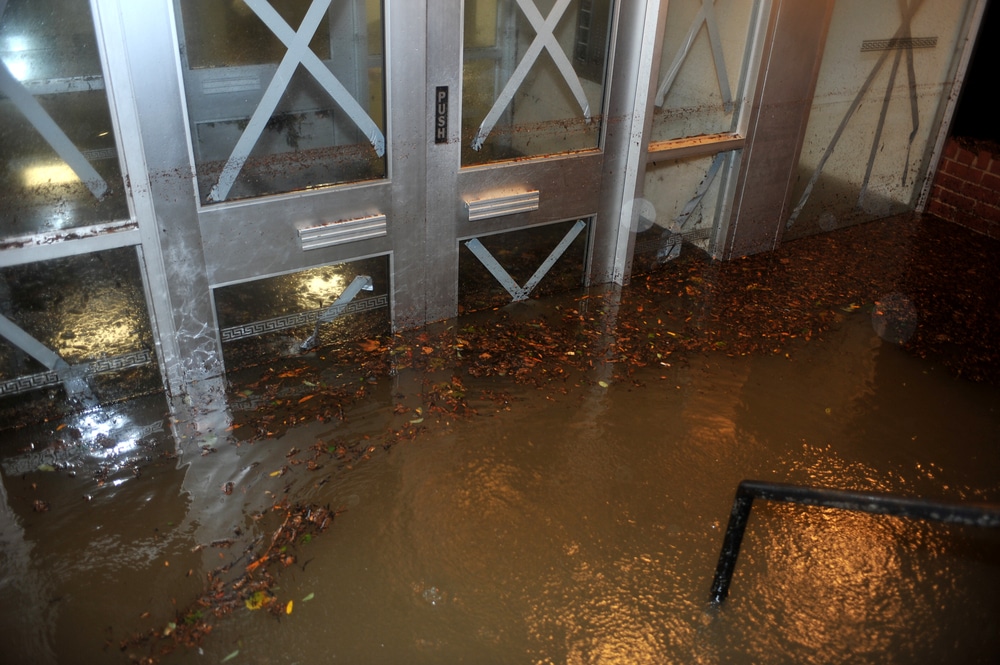
What is a Combined Sewer Overflow (CSO)?
As described by NYC Environmental Protection:
The majority of New York City’s sewer system is combined, which means it is used to convey both sanitary and storm flows. Sometimes, during heavy rain and snow storms, combined sewers receive higher than normal flows. Treatment plants are unable to handle flows that are more than twice their design capacity and when this occurs, a mix of excess storm water and untreated wastewater discharges directly into the city’s waterways at certain outfalls to prevent upstream flooding. This is called a combined sewer overflow (CSO). CSOs are a concern because of their effect on water quality and recreational uses in local waterways. Read the entire explanation.
An explanation of the 3 types of house sewer connections
Every treatment plant is designed to handle a large capacity of wastewater. In a separated system, storm and sanitary sewers must contain only one particular type of wastewater: either rainfall runoff or sewage, respectively. The obvious advantage is better predictability of the volume of wastewater that flows through each system at any given time.The DEP does periodically test house sewers to ensure there are not illegal or cross connected house sewers. If they find such a condition, a cease and desist order will be issued.
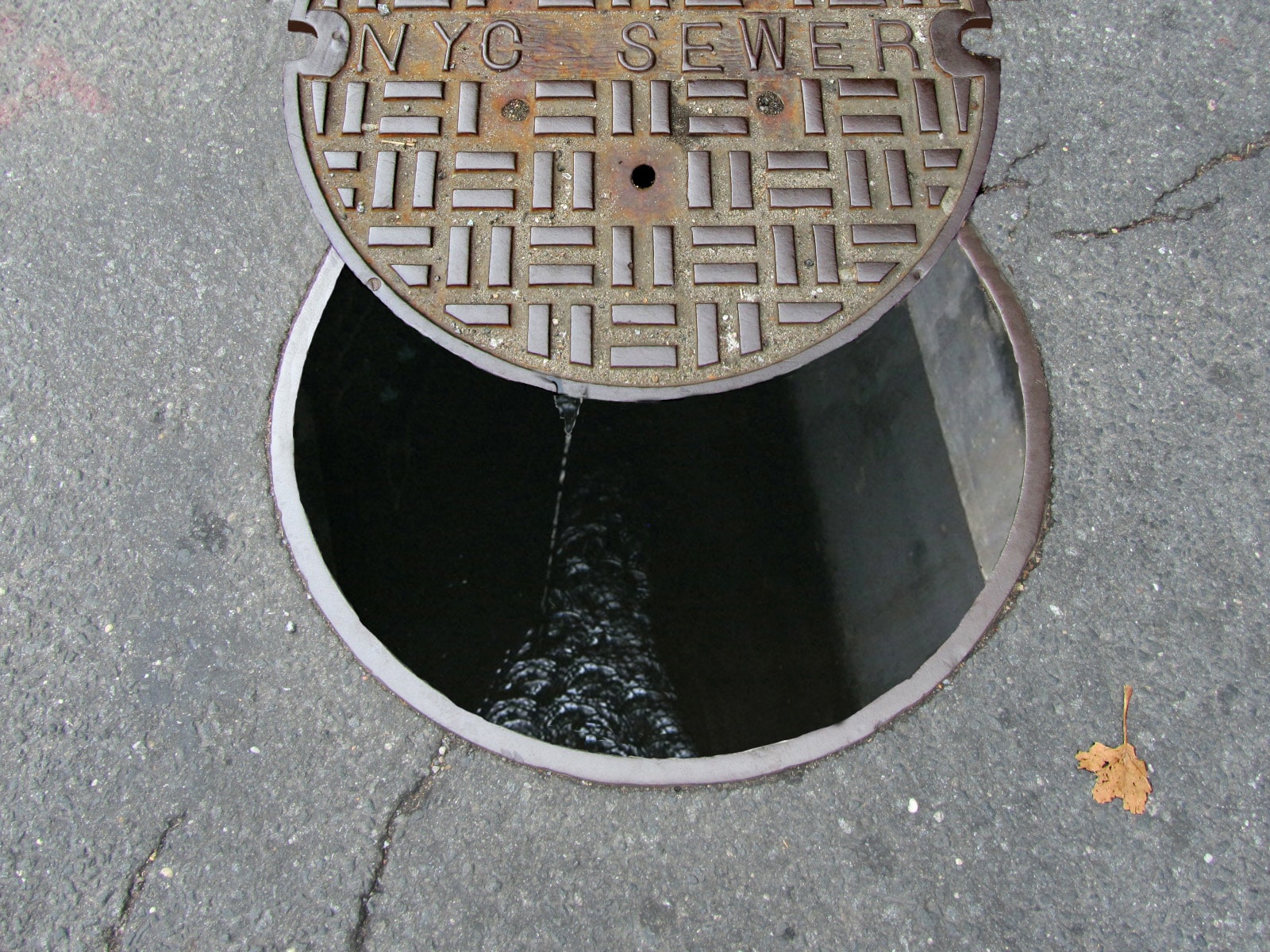
Households are connected to a sanitary sewer which sends wastewater to treatment facilities. Since this sewer is built to contain a much larger capacity than it should, chances of sewer surcharge are relatively low unless there is an obstruction in the pipe networks. However, in many areas that have been developed, the present use can exceed the original design.
A public storm sewer can also handle a huge volume of water. So it likewise has a low risk of surcharging, even during heavy rain or storm. This is not to say that separate systems are invulnerable to a sewer surcharge, but it is not as prone to the problem as a combined system. In NYC, the vast majority of areas still use the combined system, especially in the Bronx, Manhattan, and Brooklyn. A combined house sewer combines the flow of rainwater and waste water at a designated point. The combining point has legally been the property line for a number of years.
Specific NYC DEP Initiatives
What follows is a portion of Commissioner Emily Lloyd’s testimony before the NYC City Council Committee Environmental Protection on March 11th 2016.
Green Infrastructure Program
Expanding further on our Green Infrastructure (GI) Program, DEP continues implementation of the program, which incorporates different techniques to reduce stormwater runoff into the combined sewer system and ultimately reduce CSOs as an alternative to gray infrastructure (building massive tanks and tunnels). The GI program reflects the City’s goal to improve water quality, as outlined in the NYC Green Infrastructure Plan, by reducing CSOs into waterways by 40 percent by 2030. In Fiscal Years 2016 to 2019, $554 million is planned for various GI projects on public property, including in the public right of way, as well as the Green Infrastructure Grant Program, which funds stormwater management projects for private property owners.
Some examples of GI projects include permeable paving and rain gardens at City schools, parks, and public housing, and most notably bioswales and stormwater greenstreets within City streets and sidewalks. Bioswales look like enlarged and densely planted tree pits but are designed with specific plants and soils and below-grade engineering that can soak up rain water. Bioswales “intercept” storm water coming down the curb, preventing it from going into the sewer system. In addition, they provide other important environmental benefits, including improved air quality and greening of streets and neighborhoods.
DEP, with the support of the Economic Development Corporation and the Department of Design and Construction (DDC), is designing and constructing green infrastructure in priority watershed areas of the Bronx, Brooklyn, and Queens including:
- Hutchinson River,Westchester Creek, and Bronx River in the Bronx
- Flushing Bay, Flushing Creek, parts of Newtown Creek, and Jamaica Bay areas of Queens
- Gowanus Canal, Newtown Creek, Jamaica Bay areas of Brooklyn
- Work in select areas of the East River and Open Water watershed in all three boroughs.
- Future work is being planned for the Harlem River watershed that will include western Bronx and areas of northern Manhattan.
What is a sewer surcharge?
In case of when the volume of wastewater exceeds the maximum capacity of the treatment plant, there is going to be a sewer surcharge. A portion of wastewater running through the sewer pipe networks cannot find ways to the connected treatment facility. So, naturally the flow of waste water is looking for relief. This can happen in either separate or combined sewer systems. Unfortunately for residents, this can mean a serious volume of backflow into their homes.
As stated earlier, a sewer backflow in stand-alone sanitary sewer is a rarity. Most symptoms can be identified with regular plumbing maintenance on the homeowner’s, part and the city’s part as well. One of the leading causes is clogging inside the pipe due to accumulation of dirt, grease, and large solid objects. That is why you may occasionally see a large truck flushing out your public sewer form each manhole.
A combined public sewer poses a bigger risk of surcharging
A combined sewer system has a bigger risk of a sewer surcharge. Especially during and following heavy rainstorms and snow melts. Because sewage and storm water are collected in the same public sewer, and treatment plant, a sewer surcharge can and will send them both to residential areas through each homes house sewer. Not only does the backflow introduce great inconvenience, but it also brings health hazards and property damage to everyone.
Preventive measures taken by the NYC DEP
In NYC, the Bureau of Wastewater Treatment and the Bureau of Water and Sewer Operations, are vital parts of the city’s Department of Environmental Protection. They are responsible for proper operation of sewer systems and controlling discharges of wastewater, among other things. To minimize the possibility of sewer surcharges in all areas across five boroughs, the department is taking serious steps including:
- Recent projects by DEP have upgraded the volume capacity in many combined sewer systems. DEP have constructed large retention tanks to mitigate risk of sewer surcharge in treatment plants. Today, the capture rate has increased to 50% higher than in 1980.
- Construction of bioswales (rain gardens) in many parts of the city. In addition to reducing the burdens of combined sewer system, the green infrastructures also helps to reduce pollution and improve drainage.
- Working together with the Department of Design and Construction, the DEP continues to upgrade the current sewer system to reduce flooding. One of the more recent examples was the $25 million sewer upgrade in Rosedale, Queens.
The DEP does its part to protect property owners
The DEP will continue to do its part in making sure that you live in a comfortable environment free from flood and sewer surcharges. However, those efforts can only do so much in minimizing the risk of a sewer backflow without active contributions from homeowners. An easy way to take part is to have your plumbing installations checked and maintained on regular basis by professionals. Here are some other things you can do:
- Plant your own rain gardens if possible
- As a bare minimum, have a sewer check valve installed by a professional if you suffer from surcharges. This type of backwater valve is actually quite reliable but only for short periods. If your main drain line is connected to a dedicated sanitary sewer, this valve is likely sufficient to prevent backflow.
- If your property is connected to a combined sewer system, a flood-gate valve is a must if you have suffered past damage. It comes in automatic and manual models. Either style is equipped with an edged stainless steel plate to stop wastewater from entering your house. Only a trained professional will know if you are a proper candidate for this type of installation.
How you can save yourself from a sewer surcharge
Automatic flood-gate valve works on air pressure instead of electricity, so the mechanism is much more reliable because heavy storms can be followed by a power failure. Whether you are installing a new valve or trying to repair damage from an event of sewer surcharge, it is always best to leave the job to professional plumbers.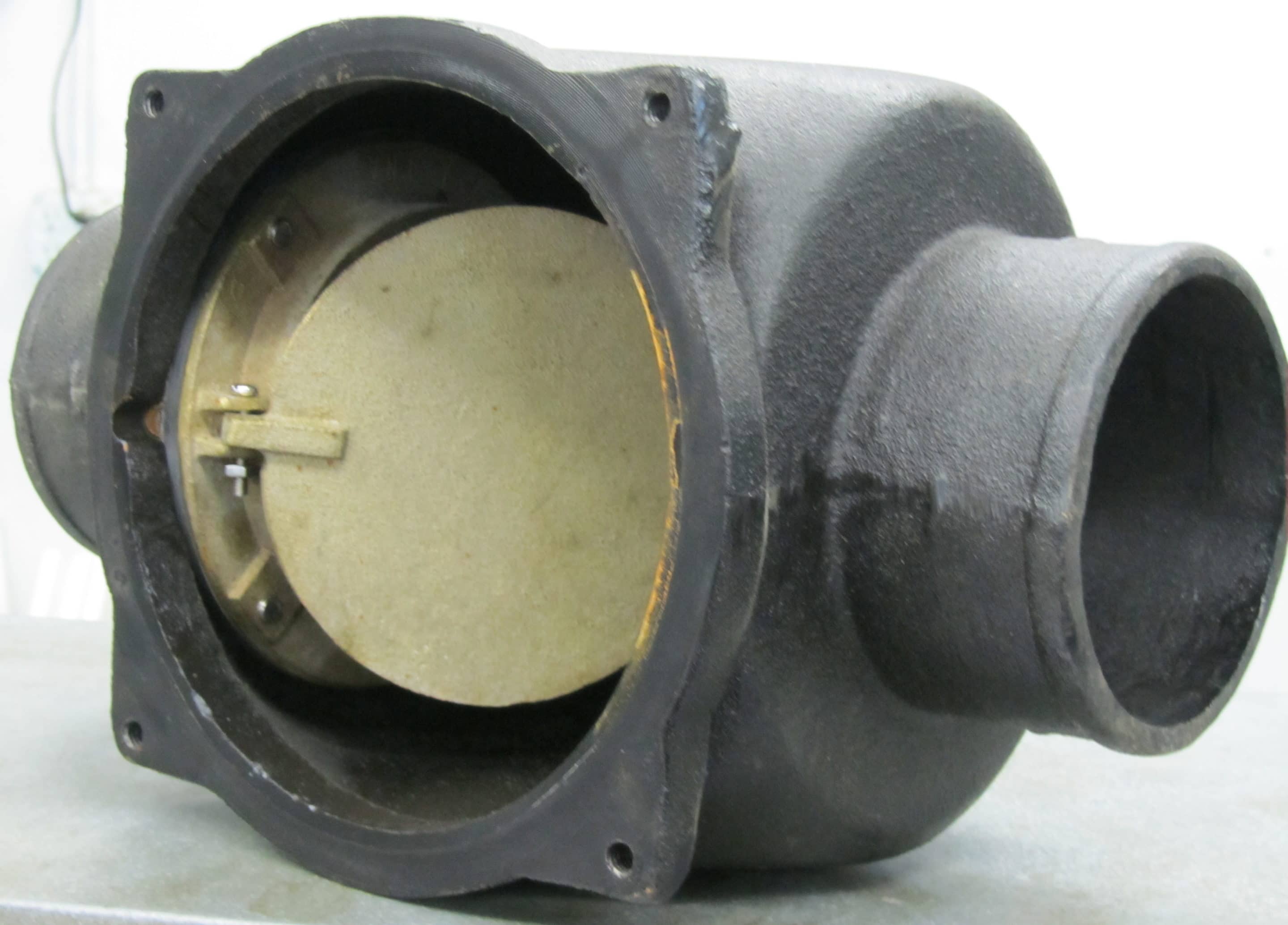
Sewer check valveNo matter how well-made the valve is, it cannot function as effectively as it should if it the part is not installed properly. In case you are still not sure about what type of valve to install, or whether your plumbing installation is susceptible to sewer surcharge for certain reasons, call a licensed professional plumber in your area to do the investigation. A team of experienced professional plumbers do not simply fit the new valve to the drain line; they take the time and effort to inspect all affected parts beforehand to check for potential issues. Backflow can happen if you have a clogged drain line too, so thorough inspection is necessary to prevent recurrent problem. Not every homeowner is the proper candidate for a sewer valve.
Homeowners are responsible for making sure that the plumbing installations in their own properties run effectively, and comply with the city’s building code. Altering the existing installation or adding/removing some plumbing parts without consulting a professional can cause serious damages and legal problems. Likewise, installing a sewer valve improperly can cause more damage than it prevents.

